Keeping Your Pet Safe: Identify Poison Plants In Your House
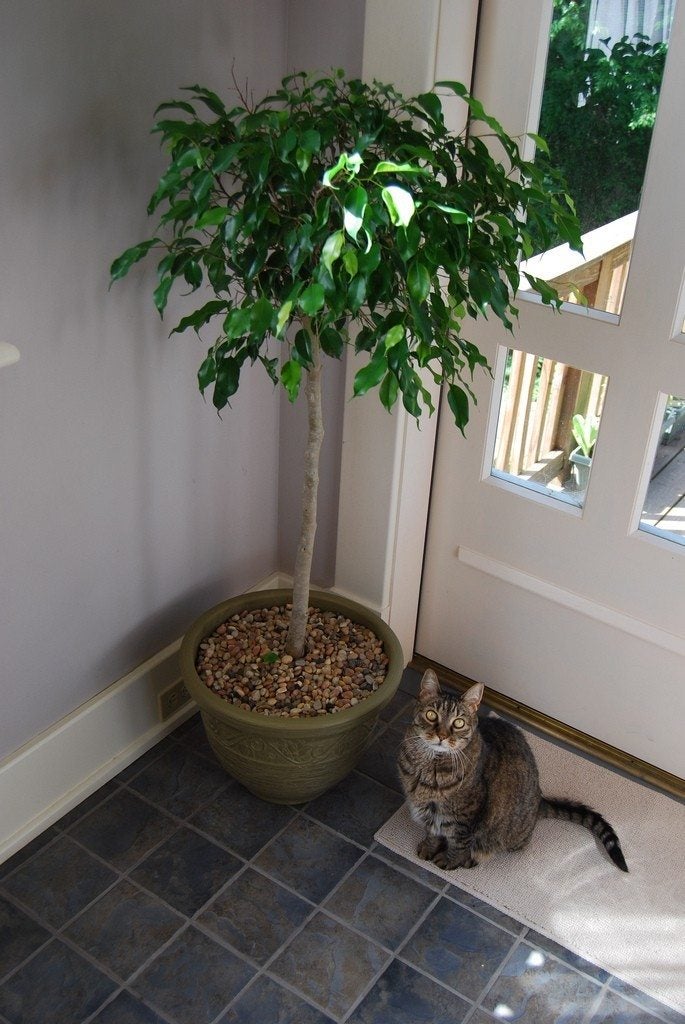

Toxic plants for pets can cause heartbreak. We all love our pets and when you are a plant lover as well, you want to make sure that your houseplants and your pets can live together happily. Knowing what toxic houseplants you have in your home or being able to identify poison plants is important to keep your pet happy and healthy.
Identify Poison Plants
With so many houseplants available today, it's difficult to know which are poisonous houseplants. While there is no tell-tale sign that a plant is poisonous, there are a few standard signs that can help you identify potentially toxic plants. These signs for possible poison plants are:
- Milky sap
- Naturally shiny leaves
- Plants that have yellow or white berries
- Umbrella shaped plants
While following this list will not eliminate all toxic houseplants, it will help steer you clear of a great many of them.
Common Poison Houseplants
Below are some of the most common houseplants that are toxic:
- Amaryllis
- Balsam fir
- Calla lily
- Caladium
- Century plant
- Chinaberry
- Coffee tree (Polyscias guilfoylei)
- Dracaena
- Dumb cane
- Elephant's ear
- Ficus or weeping fig
- Plumeria
- Ivy (all kinds)
- Lily
- Philodendron
- Rubber plant
- Snake plant
- String of beads
- Umbrella plant
Common Non-Toxic Houseplants
There are also many non-toxic plants for pets. These include:
- African Violet
- Boston fern
- Cast iron plant
- China Doll
- Christmas Cactus
- Coleus
- Orchids
- Pink polka-dot plant
- Prayer Plant
- Spider plant
- Ti plant
- Yucca
If you are a pet owner, you know that keeping your house free of poisonous houseplants is important. Learning to identify poisonous plants and buying only non-toxic houseplants will keep your pet happy and healthy.
Gardening tips, videos, info and more delivered right to your inbox!
Sign up for the Gardening Know How newsletter today and receive a free copy of our e-book "How to Grow Delicious Tomatoes".

Heather Rhoades founded Gardening Know How in 2007. She holds degrees from Cleveland State University and Northern Kentucky University. She is an avid gardener with a passion for community, and is a recipient of the Master Gardeners of Ohio Lifetime Achievement Award.
-
 Get Ready For A Summer Of Hummers! Grow These Full Sun Hummingbird Plants and Flowers
Get Ready For A Summer Of Hummers! Grow These Full Sun Hummingbird Plants and FlowersIf you’re lucky enough to enjoy a sunny backyard, make sure you are maxing out on your pollinator opportunities and grow these full sun hummingbird plants and flowers
By Tonya Barnett
-
 12 Lush Alternatives To A Lawn For Sustainable Spaces
12 Lush Alternatives To A Lawn For Sustainable SpacesAlternatives to a lawn are beautiful and also beneficial to your local ecosystem and its pollinators. Explore our top picks for plants to replace grass.
By Tonya Barnett
-
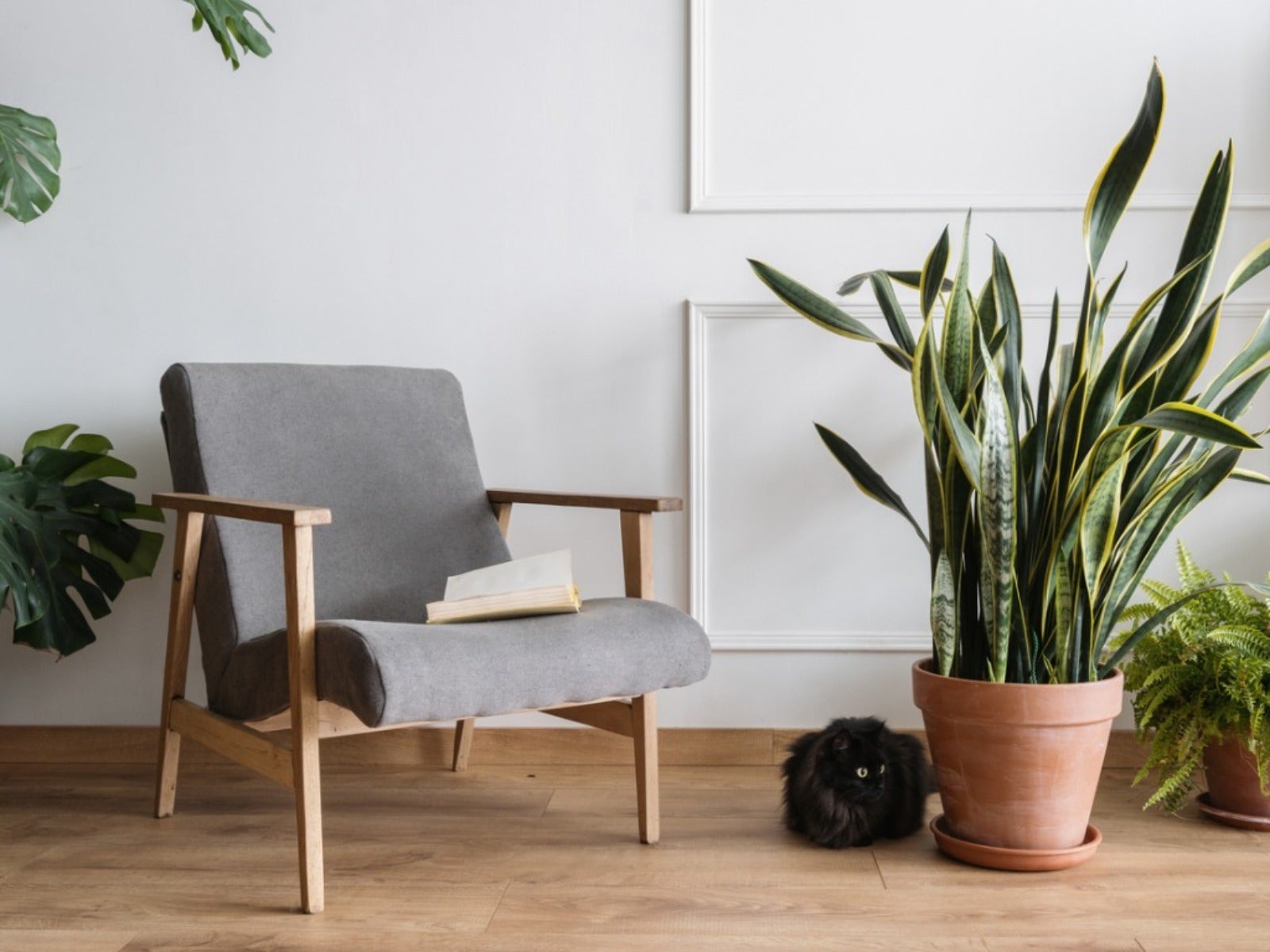 8 Easy Care Houseplants That Live A Long Time
8 Easy Care Houseplants That Live A Long TimeClick here to learn about our 8 favorite low maintenance houseplants that can, with proper care, live a long time.
By Amy Grant
-
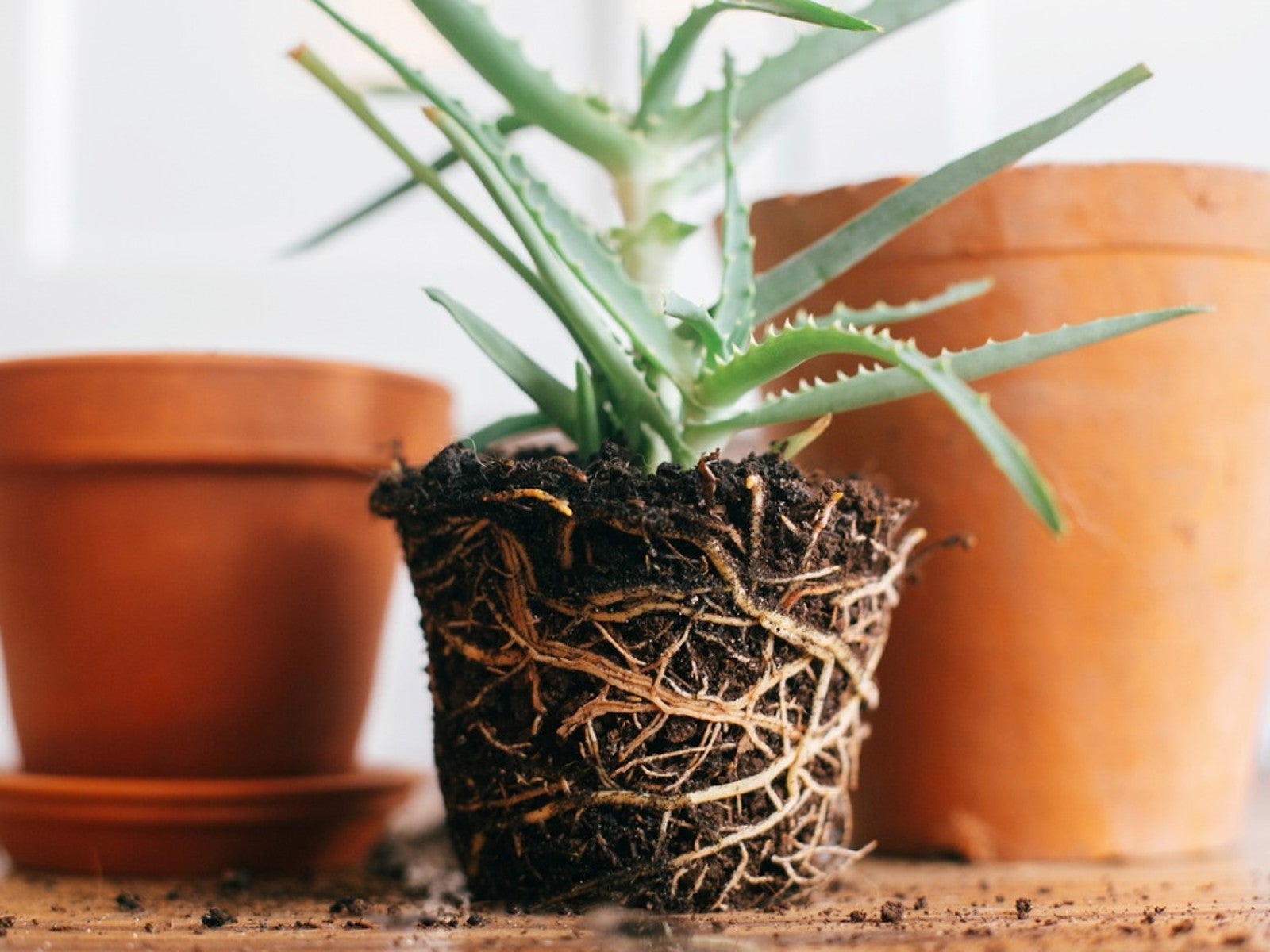 How Often Should You Repot Plants?
How Often Should You Repot Plants?Escaping roots and shrinking leaves may mean your plant wants a new pot, but some like staying cramped and cozy.
By Mary Ellen Ellis
-
 Orange Flowering Houseplant Varieties With Tropical Flair
Orange Flowering Houseplant Varieties With Tropical FlairClick here to learn about some cheerful orange-blooming houseplants you can try growing.
By Mary Ellen Ellis
-
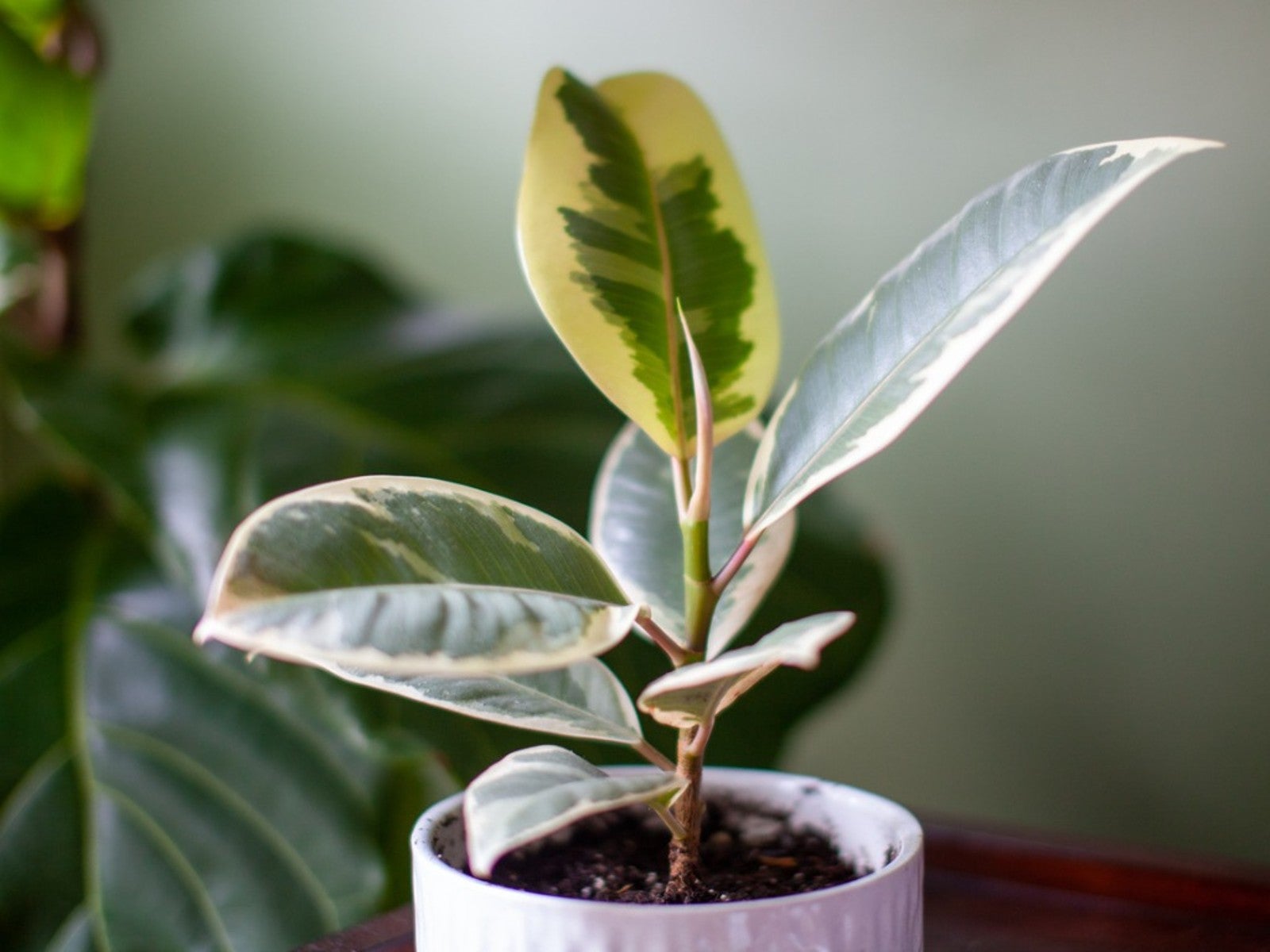 Variegated Houseplants With Lovely Leaves
Variegated Houseplants With Lovely LeavesWhat are some of the best variegated houseplants to add to your collection? Click here to find out.
By Amy Grant
-
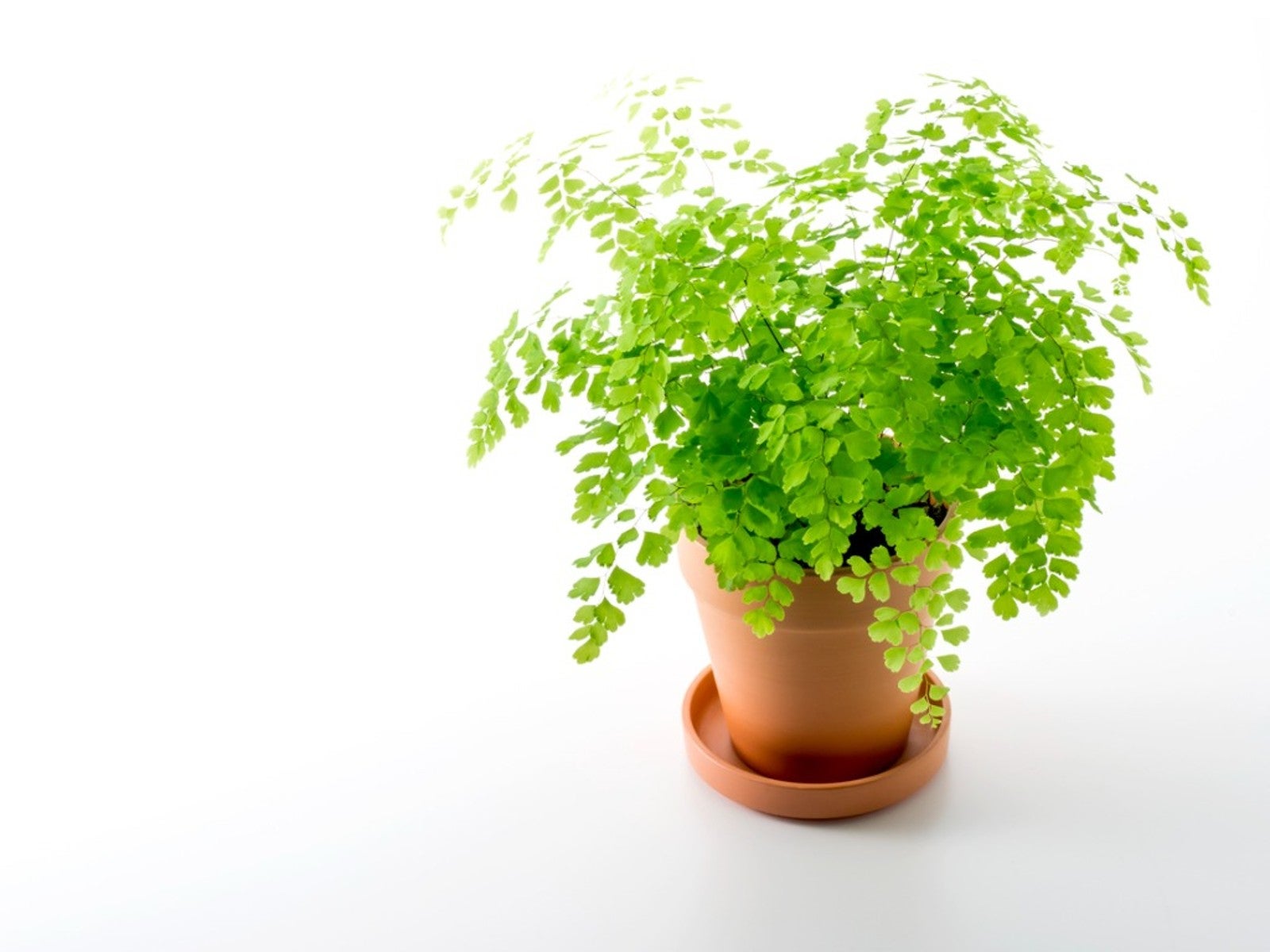 Lovely, Lacy Indoor Foliage Plants
Lovely, Lacy Indoor Foliage PlantsClick here to learn about some houseplants with lacy foliage to add to your collection.
By Mary Ellen Ellis
-
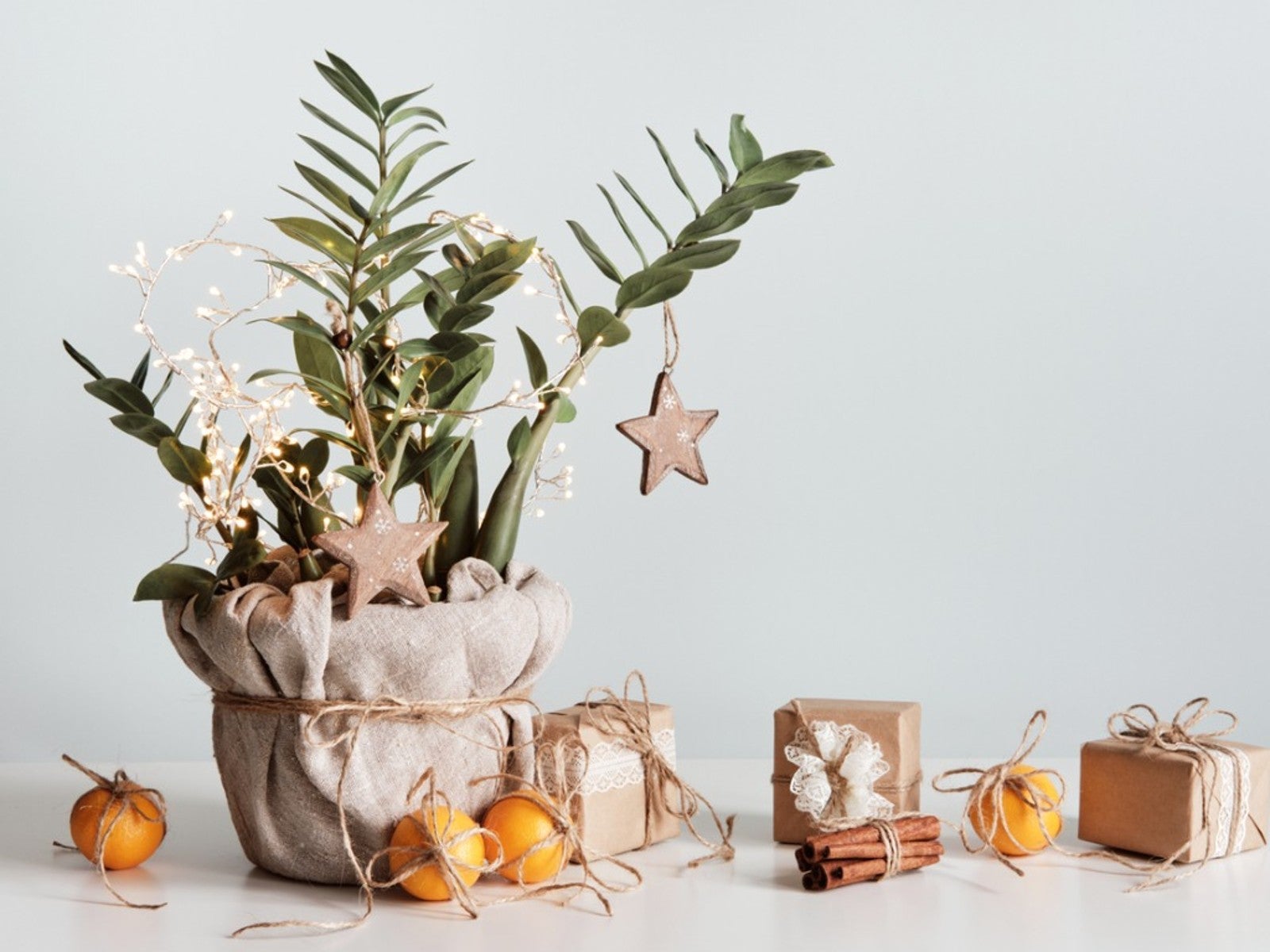 Best Christmas Houseplants And Plants For Winter Holidays
Best Christmas Houseplants And Plants For Winter HolidaysClick here for an idea of the best houseplants to use for holiday décor for Christmas, Hanukkah, Kwanzaa, and New Year’s.
By Laura Miller
-
 Best Big Houseplants To Create An Indoor Oasis
Best Big Houseplants To Create An Indoor OasisIf you have the space you may want to grow some large houseplants. Here are some ideas.
By Mary Ellen Ellis
-
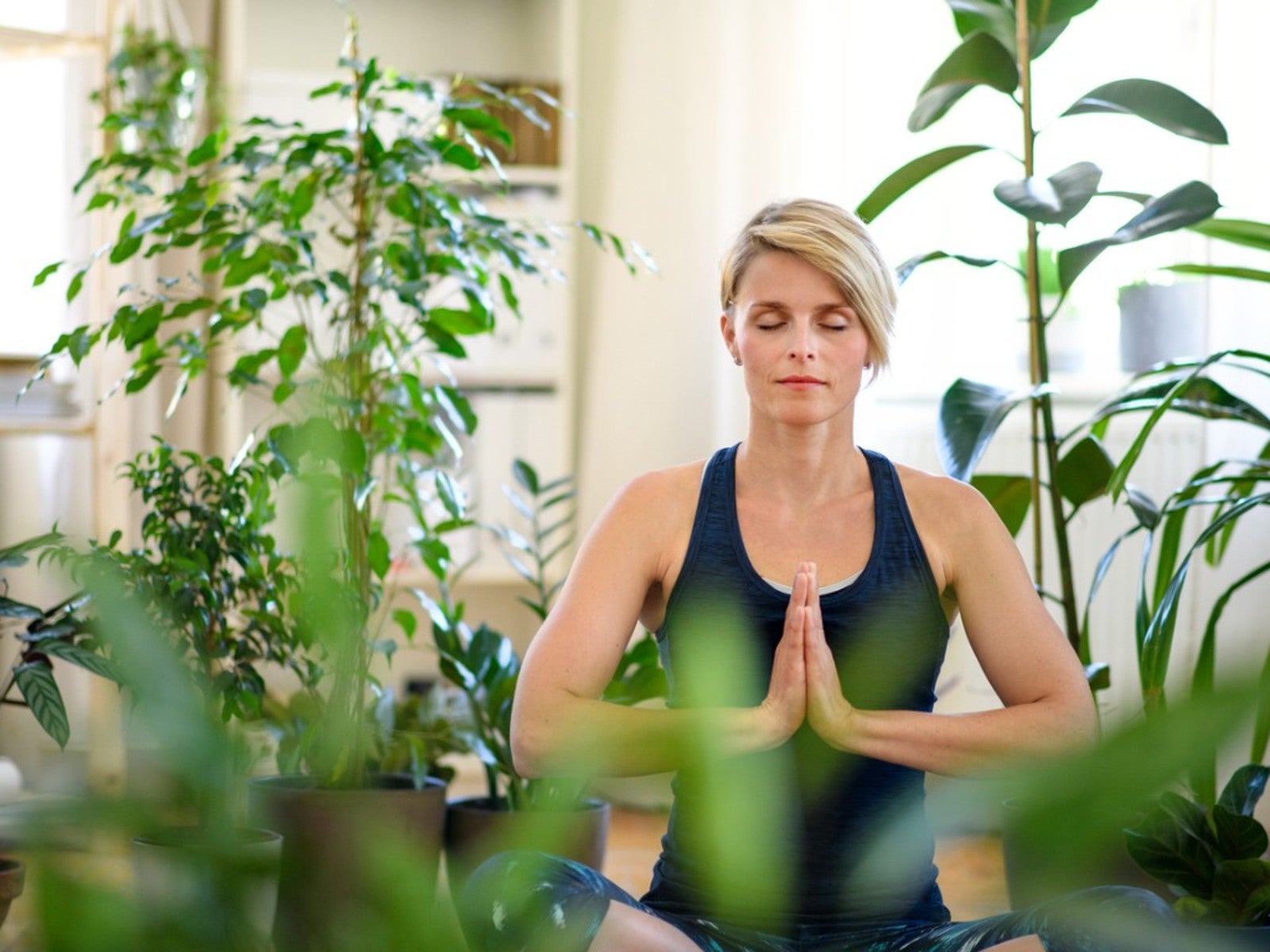 Relaxing Plants To Grow Indoors For A Calmer Mind
Relaxing Plants To Grow Indoors For A Calmer MindAre there houseplants that can help you to relax? Click here to find out.
By Laura Miller